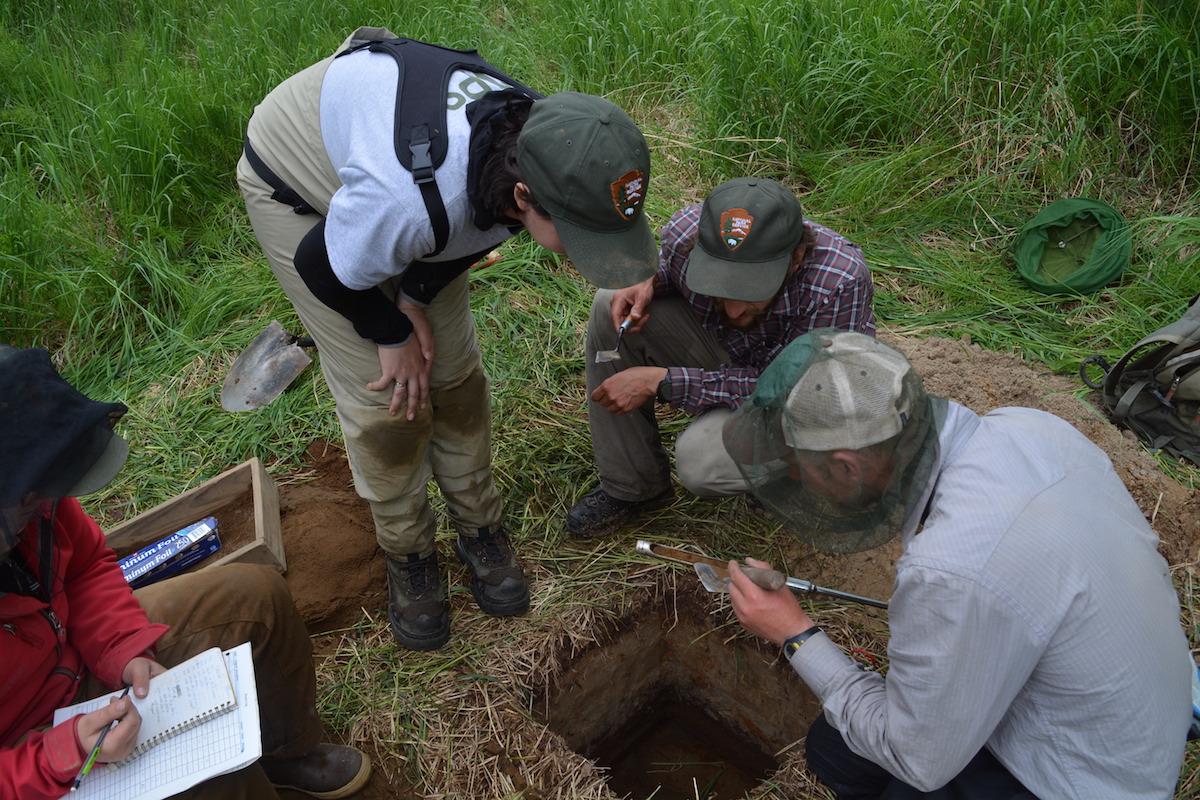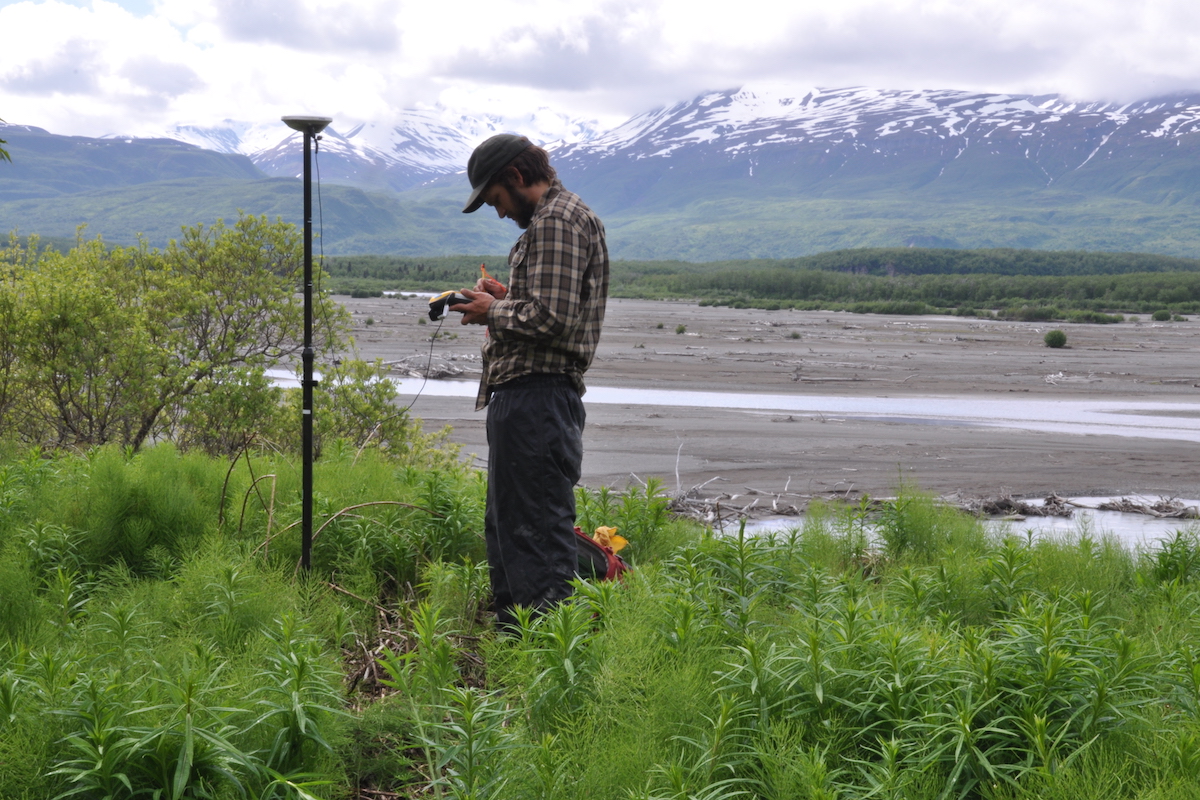Archeology is the process of restoring memories against the relentless forces of impending oblivion. No human endeavor can endure the ravages of time for long. Try to remember what you were doing on this day one year ago; Unless it marks an anniversary or festival, you likely can’t recall a single detail. That entire day, along with thousands like it, is lost to you like so many grains of sand sliding through your fingers. Now search your house for items more than a decade old. That’s easy enough for some, a challenge for others. Now seek out items that are twenty years old, fifty, one hundred. Age wears down even the sturdiest materials, even those meticulously protected. Were you to turn those items outside: the furniture, the books, the photos and mementos, you would see them claimed by weathering from the sun, wind, storms, by the developing acidic soil--with astonishing, heartbreaking speed.
Now imagine you are trying to recover stories buried for hundreds of years in a land that is no longer routinely inhabited by people.
Words labor to convey the herculean task. Homes built to last most of a lifetime, structures raised by weeks of effort and vested with intensely personal meanings, are marked only by slight depressions in the ground, a subtle shift in vegetation. Anything left behind that is not stone, metal, glass, or occasionally bone, will have been largely consumed by organisms both macro and micro in size: most of our everyday objects are inevitably transmuted into trace elements and soil. Those remaining vestiges of human-shaped geology—a house, a storage cache--will be nearly unrecognizable.
Archeologists have eyes trained to recognize them.

The process is remarkable to witness. Gently sweeping aside layer after layer of soil, turning over strata with trowels like librarians turning the yellowed pages of fragile books, they can key in to the smallest changes. Sifting ash, silt and gravels - through screens like prospectors panning for the tiniest flakes of gold, their eyes catch the difference between a pebble cut by nature and a stone or cobble modified by human hands. They can pluck out a small piece of chipped or fragmented bone and venture, with a surprising degree of precision, the animal to which it once belonged.
In doing so, the archeologists take back, bit by hard-earned bit, pieces of the story of cultures that have continued for thousands of years. The cast-off remnants of ancient meals, the fragments of stone chipped away in the process of knapping long-lost tools: these bits of “trash” metamorphose to archeological treasures in the great ocean of time. What would be a small curiosity to a passerby becomes key pieces of evidence to archeological detectives. Each element of past human habitation becomes words in the scattered and worn pages of a book that tells of past migrations, past struggles and triumphs, past wars and ceremonies and family memories, past artistic creations and fiercely held aspirations. The archeologists may work with individual words or only a few faded letters at a time, but occasionally something spectacular, akin to entire passages from the metaphorical book, will emerge from underneath the surface of the sediment.
NPS Photo/C. Augustson: Archeologists Linda Chisholm, Adam Brinkman, and Sam Hoffman examine a soil sample drawn from an excavated pit while Christina Phillips takes notes.
In Katmai National Park, the cultural resources team has worked with the local community to stitch together these stories. In the Bristol Bay villages nearest the Park, and to a broader extent, the upper Alaska Peninsula and Kodiak Archipelago, many residents are grandchildren or great-grandchildren of people who lived along the waterways of what was to become Katmai National Park. Brooks Camp itself is built upon a series of archeological sites representing nearly five thousand years of human habitation, a reality that should impress upon the anglers and bear viewers who briefly pass through the ephemeral recreation camp. Relatedly, the wild coastline off Shelikof Strait played host to settlements of hundreds of people. Towards the center of the park, a thriving collection of communities also developed along the Savonoski River drainage. People were drawn here by many of the same forces that bring visitors today: the river overflowed with salmon, and wildlife of all sizes prowled the marshy, horsetail fields and the terraced cottonwood and spruce groves nearby. Those who lived here: the Sugpiaq-Alutiiq peoples, built a culture that flowed along the river for hundreds of years. There are deep memories of travels to the east, across the forbidding Aleutian Mountain Range, to reach the abundance of the coast. Yet these seasonal migrations, as well as the villages and camps that lay deeper in the valley, have rarely been surveyed. Many have never been found.
This way of life changed abruptly, dramatically, with the cataclysmic 1912 eruption of Novarupta. In three days, the entire landscape was coated in over a foot of ash. Few witnessed the event, most having left for work at the canneries to the east , but they found their homeland was suddenly uninhabitable. The salmon runs were devastated, birds dropped from the sky, and the general terrain was buried under feet of hot ash. The people of Savonoski moved further to the east, to New Savonoski, and the settlements were abandoned to the relentless march of Alaska’s imposing seasons of windstorms, snow, and inundation of river-carried ash and silt. Decades after the eruption, a few researchers peeked into this land (again lush with life), and saw hinting evidence of the complex cultures that once existed here. Past documents show researchers marveling at the array of cultural sites, calling on future projects to save the stories that lay under the ash layer.
This summer continues the work of shining a light on the secrets of the Savonoski drainage. Last year, a member of the Katmai Cultural Resources team interviewed several residents of the nearby South Naknek and Naknek villages who have memories of subsistence practices within Katmai, or remember some of the stories told about the Savonoski drainage, who remember family members speaking of past migrations and past ways of life in this wild place. This year, the team traveled into the drainage for three weeks, over the treacherous, silt-choked waters of the many-braided Savonoski River, into the heart of a country where bears, moose, and wolves are now the primary occupants. Biting insects of an impressive array of species hound anyone who stays for long. Cell phones, needless to say, do not work. It is not easy work, to say the least.
NPS Photo/C. Augustson: Adam Brinkman enters data from a site into a GPS that uses a specialized antennae known as a Trimble to maintain accuracy down to 30 centimeters. This data is later used to map out the site in great detail.
In exploring this little-seen world, the archeologists have added chapters to the human story of Katmai. They visited a number of sites, from small camps to larger villages - to homes that are likely over a thousand years old. They added layers and detail to past surveys that briefly documented sites, and uncovered another new village site. Working in small 50x50 centimeter plots, they found and preserved a number of artifacts, from stone projectiles to indigenous ceramics to European trade goods . They used cutting edge GPS technology and satellite imagery to form vividly detailed maps of each site. They gathered the charcoal of past hearths necessary to accurately document the timeframe of occupation at each site. Each new find was treated with an intensely focused excitement. They were peeling back layers with extreme delicacy, the curators of ancient works of art. In doing so, they needed to have an extensive knowledge of not just archeology and history but also geology, botany, zoology, and chemistry, combined with an artist’s and philosopher’s capacity for creative interpretation.
Now that they have returned, the work has only just begun. The words must be translated and put into context, and that will take a significant amount of care and patience. Memories are fragile things, and all the more precious because of their ephemerality. They are working not just for themselves, but for entire communities hungry to be connected to their history, and for the larger public, in an effort to save the stories of Katmai before the elements bury them completely.
In the meantime, stay tuned on this blog for more stories of their remarkable expedition. Next time, I will write more about the joys, the trials, the puzzles, and unexpected comedy of life in the field while doing archeology. Later on, I will look at the amount of knowledge you can gain from a single artifact, tracing the story of a single bead across space and time.


